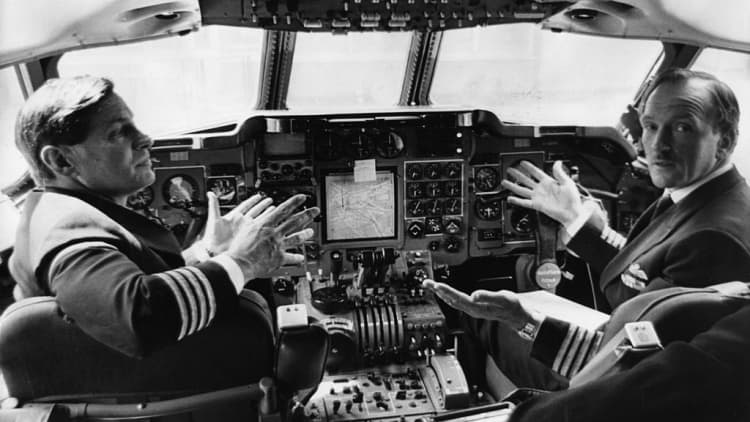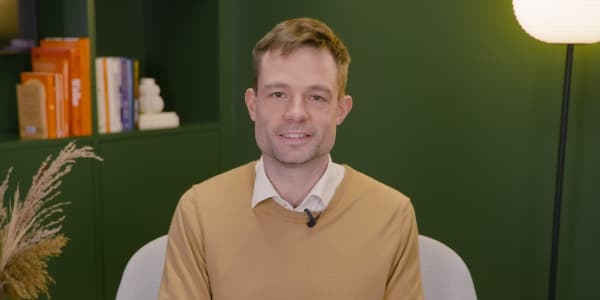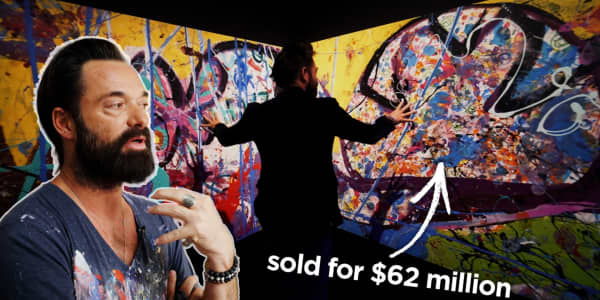Just over 100 years ago in Paris two men flew in a biplane along the River Seine, lined with spectators. When one pilot lifted his hands in the air and the other walked out onto the wing it was the first public demonstration of autopilot.
In the plane that day were two men. French mechanic Emil Cachin and American aviation pioneer Lawrence Sperry. Sperry was the son of the famous inventor and entrepreneur Elmer A. Sperry, often referred to as the "father of modern navigation technology."
He created several companies during his lifetime, including an electric, mining machine and fuse wire company.
But then he established the Sperry Gyroscope company, a business that grew to become a global technological powerhouse. Elmer's company turned the gyroscope, a children's toy, into usable technology to help tackle real-world problems.
Among his creations were a version of the gyrocompass, used by the U.S. Navy and adopted by many other countries during the first world war. Over this period, he also developed a gyro pilot system for ship's steering and built the first full gun battery fire control system.
He also designed a gyro stabilizer, designed for ships, to reduce the roll caused by waves, particularly during rough conditions.
Lawrence Sperry's original aircraft gyroscopic autopilot was a smaller, lighter version of the gyro stabilizer based on the same principles.
"I mean they were fundamental to all flying. A lot of people made gyroscopes but Sperry was right at the beginning," says Graham Rood, a retired aviation engineer.
"For engineers and certainly people who can look back and understand history they were real giants of aviation and that's how they should be remembered."
The Sperry corporation went on to develop other gyroscopic instruments such as the artificial horizon and the heading indicator which are still built into many of today's modern aircraft.
While gyroscopes were Elmer's and Laurence's most successful venture they continued to create a wide variety of equipment and machinery. In total, they held more than 400 patents for new inventions across several different industries.
What later became the Sperry Corporation, before a series of corporate mergers, eventually became a part of the American global IT company Unisys.
Following the merger, some of its former divisions were sold off and have gone on to form parts of Honeywell, Lockheed Martin, United Technologies and finally Northrop Gruman. Last year, each company had revenues of more than $30 billion.






